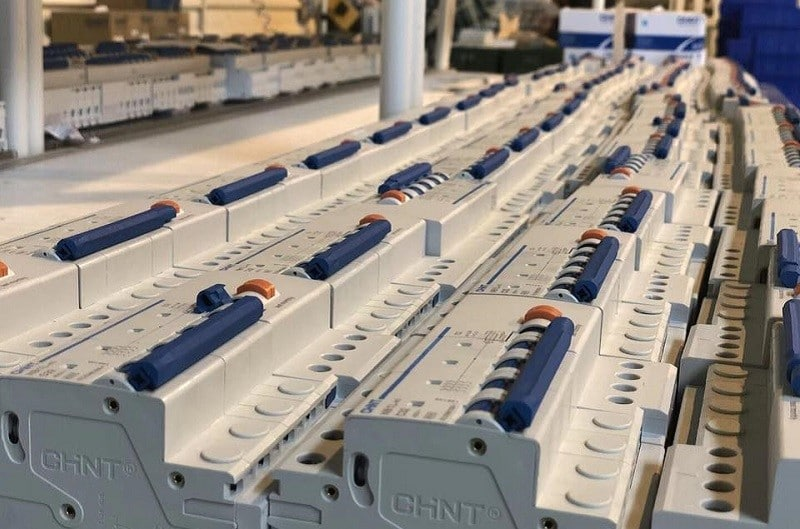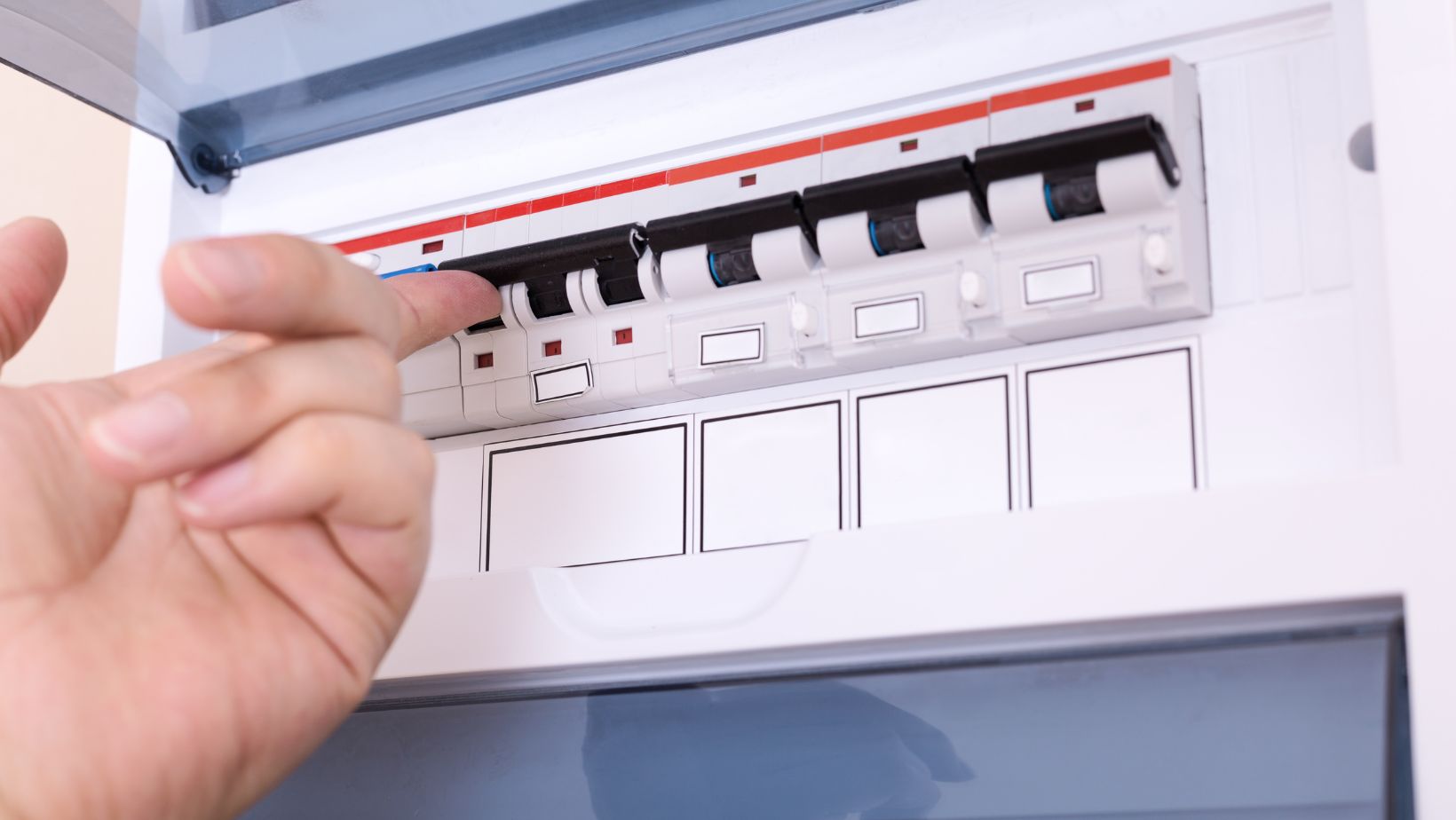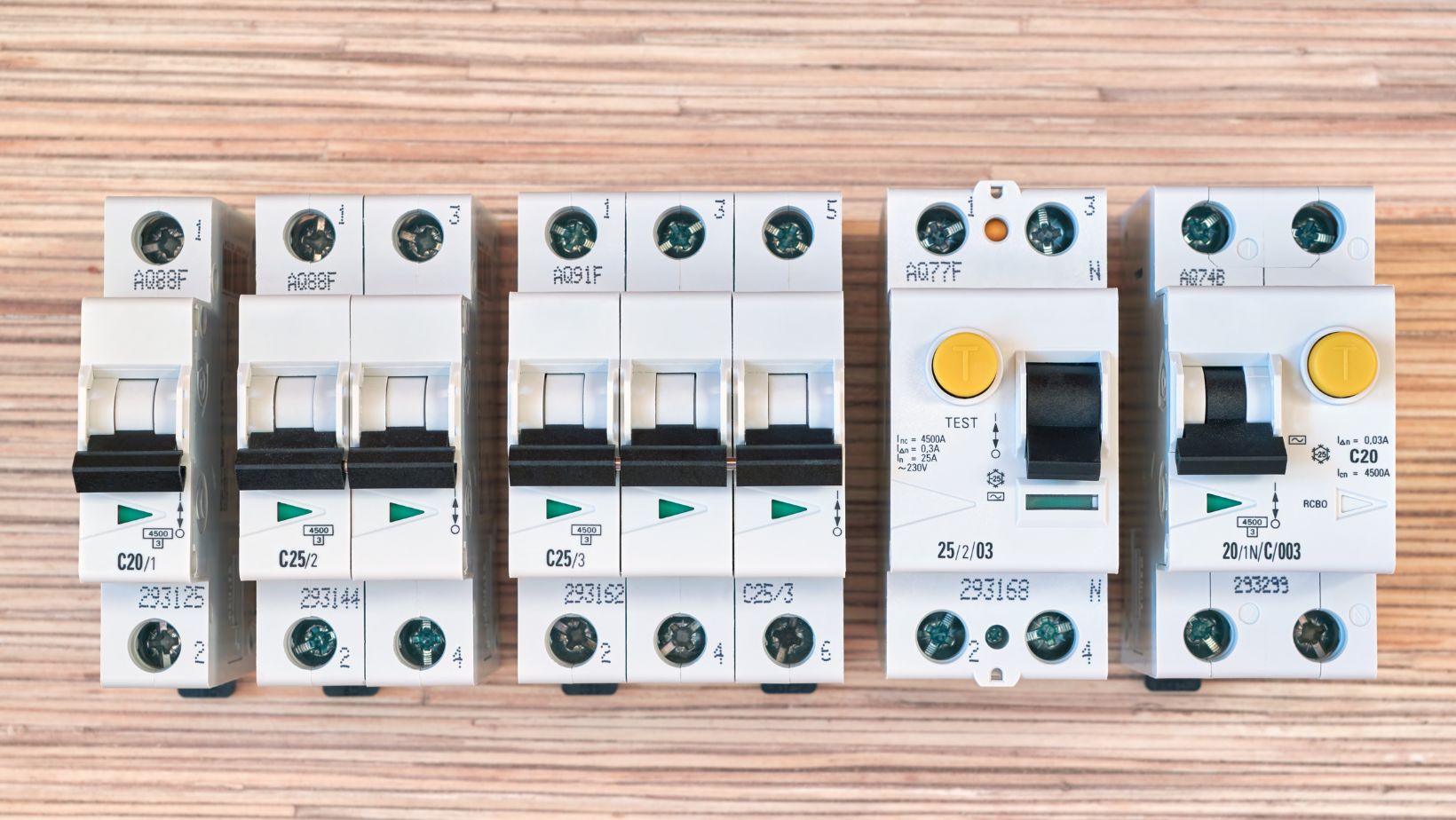
As any licensed electrician Birmingham will tell you, electricity powers nearly every part of modern life—your home, your workplace, and the infrastructure that keeps society moving. But alongside its benefits come serious risks. Electrical shocks, fires, and equipment failures remain leading causes of accidents around the world, claiming lives and causing costly damage each year.
The good news is that many of these hazards are preventable with the right protective devices. One of the most effective is the RCD breaker, a safeguard designed to detect electrical faults and cut power before harm occurs. Understanding why this device is so critical across sectors is the first step toward creating safer environments for everyone.
What Is an RCD Breaker?
An RCD breaker is a safety device designed to prevent electrical hazards caused by earth leakage currents. Put simply, it constantly monitors the flow of electricity in a circuit. If it detects an imbalance—meaning some electricity is escaping the intended path—it quickly shuts off power. This leakage may occur through faulty insulation, damaged wiring, or even through a person who comes into contact with live parts.
How It Differs from Other Breakers
| Device | Primary Protection | Limitation |
| Fuse | Overcurrent | Cannot detect earth leakage |
| MCB (Miniature Circuit Breaker) | Overload and short circuit | No protection against leakage currents |
| RCD Breaker | Earth leakage, shocks, and fire | Must be paired with MCBs for full coverage |
This makes the RCD breaker unique. Instead of only guarding machines, it prioritizes human life while also reducing the risk of electrical fires.
How Does an RCD Breaker Work?
The operating principle of an RCD breaker is simple yet highly effective:
- Monitoring – It checks the current balance between live and neutral wires.
- Leakage Detection – If even 30mA of electricity leaks out of the system, the RCD senses it.
- Rapid Disconnection – Within 30 milliseconds, the device shuts off power, stopping electrocution or fire before it escalates.
Currents as low as 30mA can be fatal if exposure lasts longer than a fraction of a second. An RCD’s lightning-fast response time is the difference between a near-miss and a tragedy.
Why RCD Breakers Are Needed Across Sectors
Electrical hazards don’t discriminate—they affect every sector. Here’s why RCD protection matters everywhere:
Residential Applications
In homes, an RCD breaker provides an essential layer of protection against everyday electrical risks. It prevents dangerous shocks from faulty appliances and wiring, instantly cutting power when leakage is detected. This is especially critical in high-risk areas such as bathrooms, kitchens, and outdoor outlets, where water increases the chance of accidents.
For households with children or elderly family members, the added safety is invaluable, offering peace of mind that loved ones are protected. Beyond personal safety, RCDs also help reduce the risk of appliance-related fires, making them a vital safeguard for residential environments.
Commercial Applications
In commercial settings, an RCD breaker plays a vital role in meeting workplace electrical safety requirements and maintaining compliance with regulations. By quickly disconnecting power when leakage is detected, it safeguards employees, customers, and valuable property from electrical hazards. Businesses also benefit from reduced downtime, as the device prevents small faults from escalating into larger disruptions that can halt operations.
Additionally, RCD protection helps avoid costly insurance claims and potential liability issues resulting from accidents. For any business environment, from offices to retail spaces, installing RCD breakers is a smart step toward ensuring both safety and continuity.
Industrial Applications
In industrial environments, where power demands are significantly higher, an RCD breaker is an essential safety measure. It protects heavy-duty machinery from damage caused by leakage faults, which can otherwise result in costly repairs and downtime. By reducing the risk of electrical fires in high-energy settings such as factories and warehouses, it safeguards both equipment and infrastructure.
Equally important, RCDs provide critical protection for workers who frequently operate or maintain live systems, minimizing the danger of electric shock. With reliable RCD protection in place, industries can ensure continuous production while reducing the likelihood of major electrical disruptions.
Public Infrastructure
For public infrastructure, an RCD breaker is a vital safeguard that ensures safety and reliability in essential facilities. Schools, hospitals, and government buildings depend on stable electrical systems, and RCDs help protect these spaces from potentially life-threatening hazards. They are especially important for safeguarding vulnerable groups such as children, patients, and the elderly, who may be more at risk during electrical incidents.
Beyond individual safety, RCD protection keeps transport hubs, utilities, and other public services operating smoothly. By supporting the reliable function of critical infrastructure, RCD breakers play a key role in maintaining safe, resilient communities.
Benefits Beyond Safety
Installing RCD breakers delivers more than just accident prevention. You also gain:
- Peace of mind – knowing your family, staff, or clients are safe
- Cost efficiency – avoiding expensive damages and legal liabilities
- Regulatory compliance – meeting local and international electrical standards
- Trust and reputation – showing a strong commitment to safety and reliability
Best Practices for Using RCD Breakers
To get the most from your RCD breaker, follow these steps:
- Choose the right sensitivity – 30mA RCDs are standard for homes, while higher ratings may be needed in industrial systems.
- Combine with MCBs or RCBOs – This provides protection against overloads, short circuits, and leakage currents.
- Test regularly – Use the built-in “test” button every 3–6 months to verify functionality.
- Ensure professional installation – Qualified electricians must handle installation and inspection.
- Educate users – Everyone should understand what the RCD does and how to test it.
The Future of RCD Technology
Electrical safety is evolving, and so are RCD breakers. Future-ready designs include:
- Smart RCDs – enabling remote monitoring and instant alerts
- Integration with renewable energy systems – vital for solar, wind, and EV charging setups
- Durable industrial models – built for harsher environments with better reliability
- IoT connectivity – allowing predictive maintenance and safety analytics
These innovations will make RCDs even more indispensable as society transitions to cleaner and more complex energy systems. CHINT next-generation RCD breakers incorporate smart monitoring, IoT connectivity, and renewable energy integration, making them a reliable choice for safer, more efficient electrical systems of the future.
Conclusion
An RCD breaker is much more than a standard switch—it is a life-saving device. From preventing electrocution in homes to protecting workers in factories and patients in hospitals, RCDs are vital in every sector. They provide fast, effective protection against shocks and fires, while also ensuring compliance with modern electrical standards.
By making RCD installation a priority, you safeguard people, property, and operations. It’s a small investment with enormous benefits—a device that quietly stands guard, ready to act in milliseconds to prevent disasters. When it comes to electrical safety, prevention is the best protection. And no device represents that principle better than the RCD breaker.









